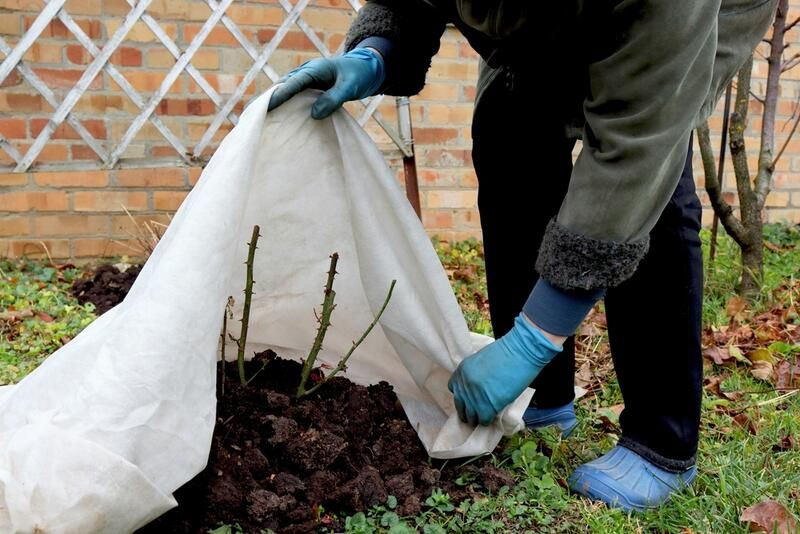
The Perfect Plant Covers for Winter
Published: 24/01/2023 | Updated: 04/04/2023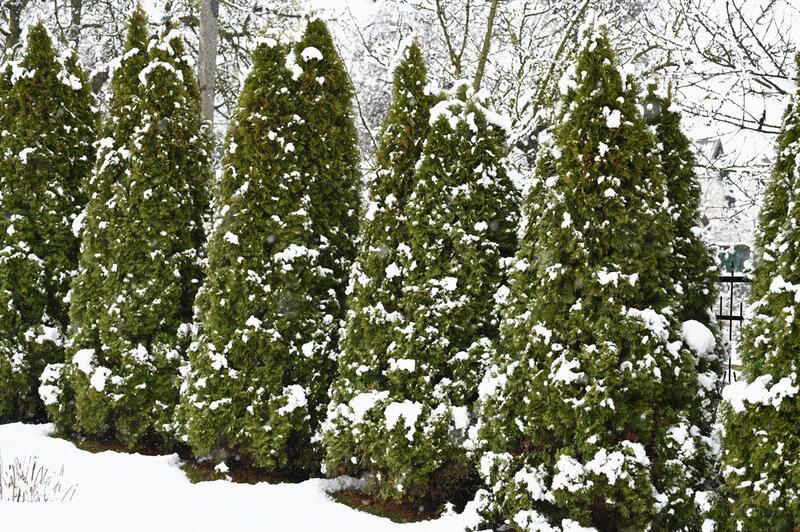
One of the keys to building a sturdy homestead is getting ready for the cold weather and winter. Protecting your plants is one aspect of getting ready. Young plants are susceptible to damage from frost to their roots, which causes them to die before the approaching spring.


Even if the frost doesn't get to the roots, certain unhardened plants may shrivel up and die when they come into contact with the cold temperatures. We're about to discuss the best tools for safeguarding and protecting your plants because of this.
You don't want your plants to suffer from extreme cold in the dead of winter. Have you used a variety of cover-up techniques on your plants before winter arrives only to watch them get blown away by the wind?
Here are some of our favorite plant covers for winter!
Importance of Plant Covers
Weather Protection
The plant covers serve as barriers against bad weather in their primary function. Row coverings shield plants from the sun's rays throughout the summer to keep the soil from scorching. A fleece cover or frost blanket can keep plants warm during the winter while shielding them from the elements, snow-clogging, and erosion. Similarly, tree wraps are a type of material that can be used to protect little trees.
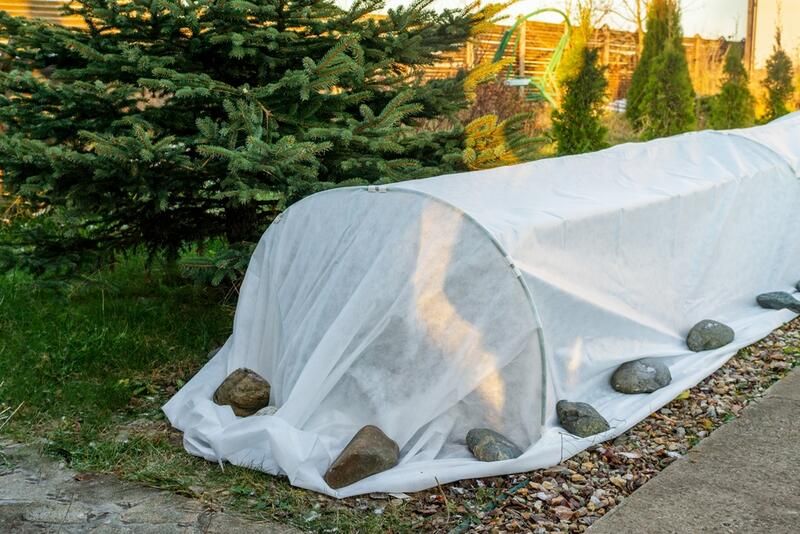
Insect/Birds Protection
Several plants are vulnerable to insect and birds attack, which reduces their bloom, makes them weak and disease-prone, and detracts from their aesthetic appeal. Your plants will produce more high-quality harvests and less waste if you use a plant cover to keep insects away to a considerable extent.
Quick & Easy Growth
Plant coverings offer the ideal environment for your plant to grow quickly. Plant covers will protect you, especially when the perfect time of year has passed, or the weather is not cooperating with your intentions.
Germination
You can plant your seeds earlier than is ideal and then keep them protected with a plant cover to give them the ideal conditions for germination, including the proper amount of heat, moisture, light, and air. Your plant's growing season is extended in this manner.
What Type of Material Should You Be Using?
Burlap, polyethylene, polypropylene, and fleece are some of the best materials to use as plant covers throughout the winter. To keep plants warm in your garden during inclement weather like blizzards, torrential downpours, and unexpected cold snaps, you must buy equipment that will retain heat while keeping out the elements.
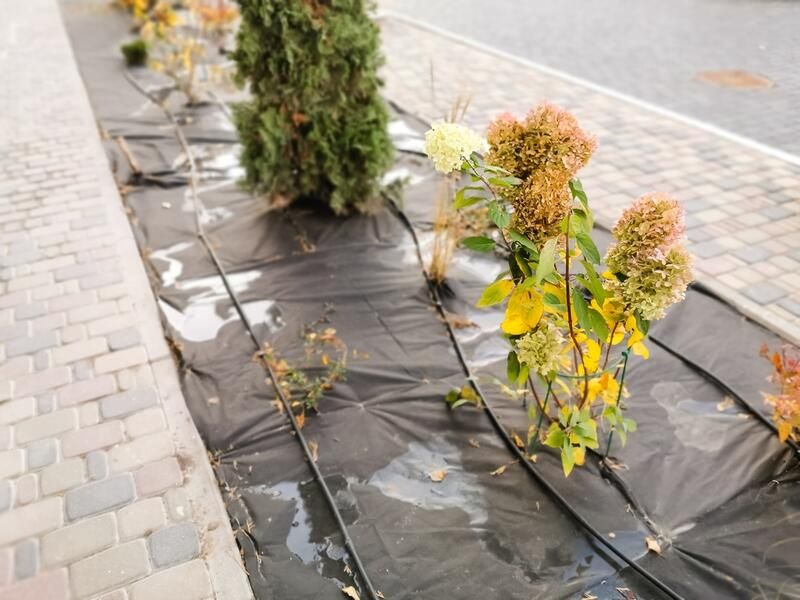
Weather
In general, the cloth is preferable for warmer climates because it offers less protection against the cold than plastic, which makes it a perfect choice for locations with extremely cold weather.
Water
Fabric coverings let in water, although in minute drops, while plastic covers do not, which lowers the risk of erosion and waterlogging. When utilizing a plastic cover, you would need to remove it when you wanted to water the plants.
Air
Plastic covers do not allow for the infiltration of water, however fabric coverings do, reducing the risk of erosion and waterlogging. If you used a plastic cover, you would have to take it off to water the plants.
Eco-Friendly Garden Fleece Covers
There are some borderline plants, like pittosporum and Callistemon, that can survive a mild winter with brief periods of light frost but will require some temporary assistance if extremely low temperatures are predicted or in gardens in exposed areas. These plants are hardy enough to grow outdoors year-round. When a frost is imminent, horticultural fleece, also known as garden fleece, can be used to protect the plant by being wrapped around it as and when necessary.
Horticultural fleece is a risky option for eco-conscious gardeners, though, as it is comprised of synthetic materials (polypropylene or polyester) and has a tendency to tear and degrade when exposed to the outdoors. Despite being warm and soft like fabric, it might be categorized as a disposable or short-term plastic product.
Row Cover
Row coverings for the garden come in two different types: fleece and plastic. In addition to protecting frost-sensitive plants, fleece covers are porous and allow moisture to enter. Because clear plastic produces a greenhouse-like effect, temperatures under plastic row covers can often be substantially higher than outdoors.
Both can be used by gardeners to lengthen the growing season, although plastic performs best in really cold locations. To guarantee that plants are not overheated, you must check on them frequently. Keep in mind that both types of covers require anchoring with pegs, pebbles, or clips.
Row coverings are also excellent for starting the gardening season early and safeguarding crops from pests.
Best For: Extending the gardening season and safeguarding food crops
Sheep Wool/Coconut Fiber Mats
Because they are more exposed, plants grown in pots are more vulnerable to injury than plants growing in the ground. Garden soil provides better protection for the roots of these sensitive plants than a container can. Wrapping your pots in some form of protective material is the best approach to prevent the roots from freezing and to safeguard your non-Frostproof pots. This is essential because moisture is absorbed by pots made of natural materials, such as terracotta, which subsequently freezes in the cold and breaks the pot. You can either purchase Frostproof pots or just wrap the ones you already own in protective cloth to prevent this.
Although bubble wrap is frequently advised, there are also greener options available. They include woolen items, such as thick mats and felty fabrics, that may be tied around pots, planters, and other containers to add an extra layer of protection. Coconut fiber matting is an additional choice that works similarly and can be positioned around the base of potted plants.
Tree Wraps
Consider a mummy. In your yard, picture the young, thin-barked trees being wrapped, as if they were about to be laid to rest permanently. To safeguard trees against dangerously swift freezing and thawing cycles, thin strips of paper, fabric, or burlap are twisted around the trunks of the trees.
Additionally, wraps can deter animals and stop rodents and other pest damage. The wraps are often put on by gardeners after the growing season and taken off in the spring. However, some people like to leave them on constantly for security. Wraps come particularly handy for shielding newly planted trees from the erratic winter weather when they are still fragile.
Protecting young trees and trees with thin bark is ideal.
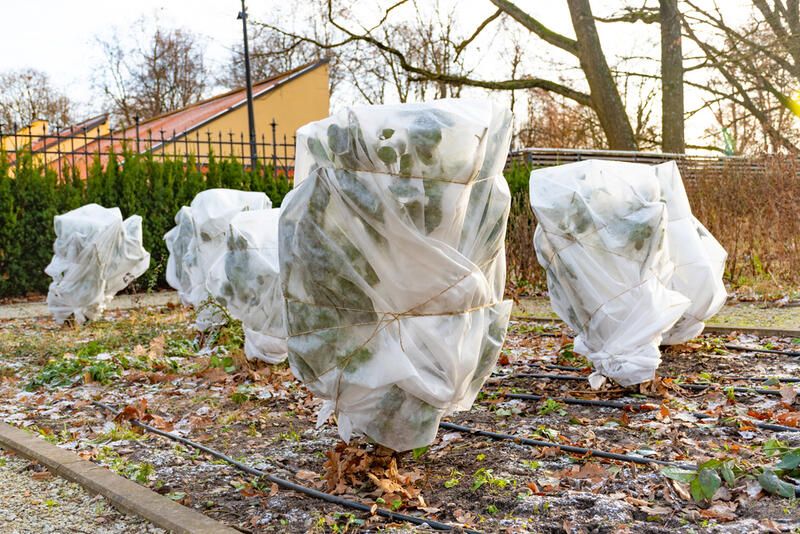
Burlap
Burlap can shield shrubs and trees from the severe winter weather and prevent them from suffering from the dreaded winter burn. Winter burn, which can turn foliage brown and negatively impact a plant's look and general health, can occur when evergreen plants receive too much sun and don't have adequate access to moisture during the cold months. Burlap is rather simple to use, affordable, and breathable.
The ideal method is to create a tent-like structure with wooden stakes so that the burlap doesn't touch the plants. This keeps the cover from blowing away in the wind and stops wet burlap from freezing and harming the foliage.
Best For: Preventing winter burn on small plants and shrubs
Cold Frame
Most frequently made of glass and wood with hinges so gardeners can easily check on plants and let in the air on sunny days, cold frames are among the most resilient plant covers. Many winter gardeners prefer to use cold frames as their primary equipment. Yes, even when there is snow on the ground, you can gather some edibles during the winter.
Because development slows down dramatically during the colder months, it's important to time your plantings so that the plants are almost through growing by the time the weather becomes frigid. If you're handy, building a DIY cold frame is not too difficult and comes in a wide range of sizes.
Best For: Growing vegetables in cold climates during the fall and winter seasons.
Mulch
One of the garden's most adaptable plant protection techniques is mulch. It keeps the soil cold during warm weather. Mulch helps protect plant roots from the cold when the weather gets chilly. Mulch also aids in moisture retention and decreases the demand for irrigation. As organic mulches decompose over time, they may potentially increase soil quality.
Mulch should not be spread out too thickly when used. Add a layer around the plant's base that is no thicker than 4 inches. Plants can suffocate from too much mulch. What can be utilized as mulch? There are several trustworthy options, including compost, wood chips, straw, shredded paper, coco coir, gathered autumn leaves, and even gravel.
Best For: Perennials with modest cold-weather protection needs.
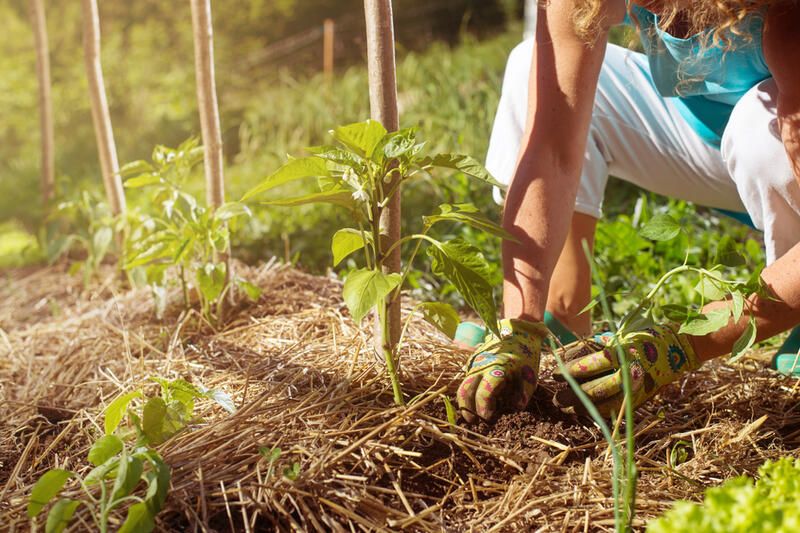
Instant Greenhouse
Pop-up greenhouses are transient plastic constructions made to resemble a greenhouse. Pop-up units are more susceptible to weather events like wind and snow than permanent constructions are. They work best in hot climates with less wind. A pop-up greenhouse also makes a great place to start seeds or harden off plants in preparation for spring when it is positioned in a protected area.
Ideal Conditions: Mild Climates and Spring Seeding
Garden Cloche
Tender plants are well protected from unexpected frosts by cloches, which are great temporary protection tools. Your first frost date might be a month away, but occasionally an unplanned cold spell can occur. Not to worry! By covering your most frost-sensitive plants with cloches, you can add a few weeks to their lifespan.
Cloches can be used as additional protection in the spring. The main drawback to employing these compact, portable greenhouses is that they may be fairly pricey, making them unsuitable for covering a significant area of plants or substantial shrubs.
Tips for Buying Plant Covers
Breathable
It is wise for a plant cover, above all else, to provide enough flow of air to the plant that it is covering since if your plants don't get enough fresh air, it could cause them to perish.
Durability
Because you'll be using it outdoors for days at a time, one of the first things you should look for in a plant cover is how robust it is and how long it can last in adverse weather. You, therefore, need a cover that won't break in the wind or buckle under the weight of snow.
Lightweight
Since a plant cover will be positioned immediately over plants, it must be lightweight. If it is excessively heavy, it will likely damage the plant by crushing it under its weight. The plant cover's construction material has a significant impact on both this point and the two above. Be careful to keep an eye out for a cover composed of polyethylene plastic or polyester cloth.
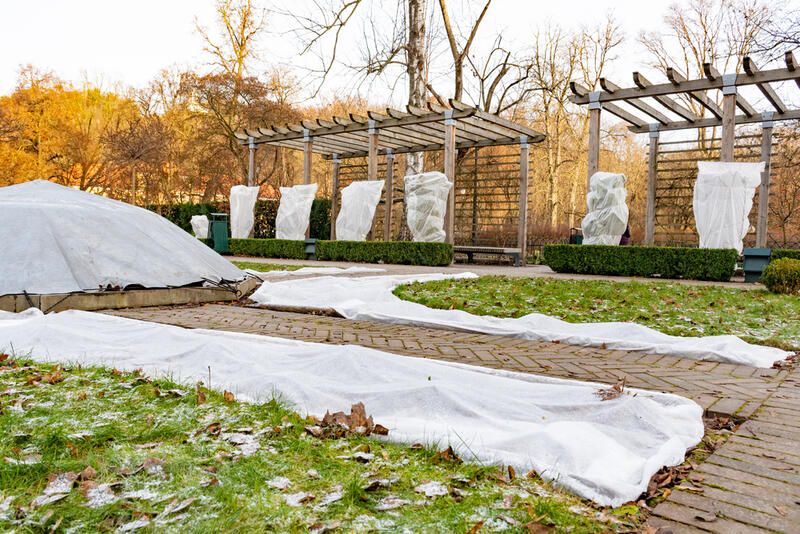
UV Plant Protection
Just like people, plants require shelter from the sun's harsh rays, so it is essential to look for a plant cover that provides this feature. You may be sure that your plants will grow healthier and greener as a result!
Waterproof
Make sure to get a plant cover that is water-resistant, meaning it prevents water from reaching your plant. This will protect your seedbed from waterlogging and prevent erosion during periods of heavy rain.
Size
Another very significant feature to search for is this one. A plant cover should be available in a size that can be cut into smaller pieces to wrap around shrubs or small trees and is large enough to cover a lot of land surface area.
Easy to Use
It is not worth your money to get a plant cover if it is difficult to use. Laying the cover over a flower bed, tying it around your shrubs, or even supporting it with a stick should be simple for you.
Time to Go Protect the Plants!



